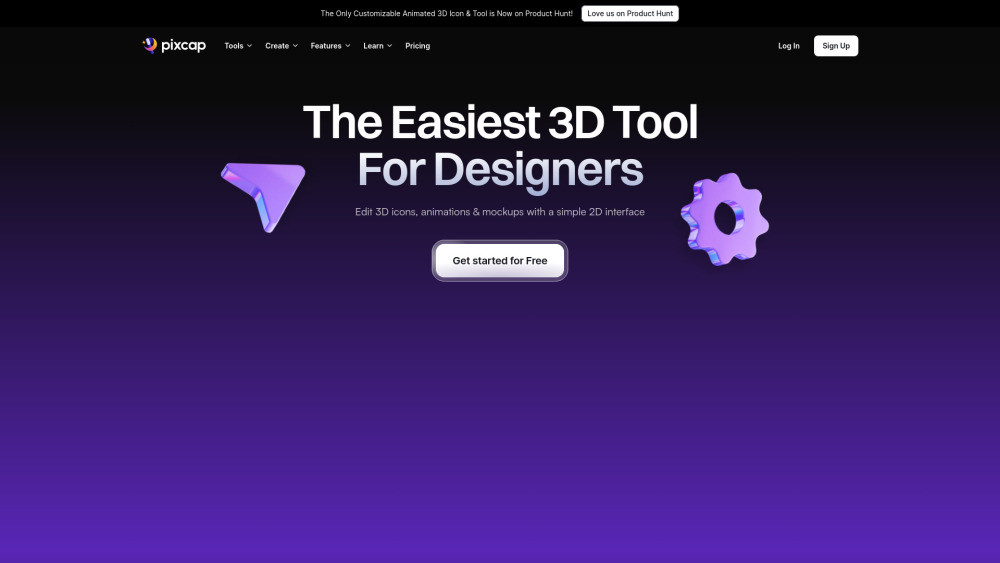Tomorrow.io's Breakthrough in Weather Forecasting
For those fortunate enough to gaze out a window, predicting the weather can be as simple as observing the skies. However, for others, advancements in weather forecasting and analysis are rapidly evolving. Tomorrow.io has just unveiled promising results from its first two radar satellites, demonstrating that, thanks to machine learning, their technology is competitively strong against traditional forecasting methods on Earth and beyond.
Originally known as ClimaCell in 2021, Tomorrow.io has been meticulously planning this mission, with today's results set to be showcased at an upcoming meteorology conference—a testament to their innovative approach.
Weather prediction is inherently complex, influenced by numerous factors. A key challenge lies in the interaction between legacy hardware (such as older radar and satellite systems) and modern software solutions. While this established infrastructure is invaluable, enhancing its predictive capabilities demands substantial computational effort, often leading to diminishing returns.
The stakes are much higher than simply forecasting “will it rain this afternoon?” It's crucial to accurately predict the trajectory of tropical storms or measure rainfall levels during severe weather events or droughts—insights that become increasingly vital in the context of climate change.
AI-Enhanced Weather Predictions: Hourly, Weekly, and Beyond
While space presents a logical avenue for investment in advancing weather infrastructure, traditional systems tend to be bulky and heavy. NASA's Global Precipitation Measurement (GPM) satellite, recognized as the benchmark in the field, was launched in 2014 and weighs approximately 3,850 kilograms, utilizing both Ka (26-40 GHz) and Ku (12-18 GHz) radar bands.
Tomorrow.io aims to revolutionize space-based radar infrastructure with a modern approach. Their satellites, Tomorrow R1 and R2, each weigh only 85 kilograms and utilize exclusively the Ka-band. Launched in April and June of last year, these satellites are now, following extensive testing, beginning to demonstrate their potential.
In forthcoming experiments to be published later this year, Tomorrow.io asserts that despite using just one radar band and significantly less mass, their satellites can match the performance of NASA's GPM and ground-based systems. The R1 and R2 satellites have shown similarly accurate—and in some cases, more precise—predictions and observations compared to the GPM, closely aligning with ground radar data.
Innovative Machine Learning for Weather Predictions
Tomorrow.io achieves these results through a sophisticated machine learning model that Chief Weather Officer Arun Chawla describes as functioning like two instruments in one. Trained on data from GPM's dual radars, this model learns the relationship between observations and radar signal differences, allowing it to deliver predictions using just the single Ka band. As outlined in their blog, “The algorithm uses dual-frequency-derived precipitation profiles but relies solely on Ka-band observations for input. It effectively captures the complex relationship between reflectivity profiles and precipitation, retrieving full precipitation profiles even when Ka-band reflectivity is severely attenuated.”
If these findings hold true across various weather conditions, it marks a significant achievement for Tomorrow.io. However, the goal is not to replace U.S. weather infrastructure—GPM and ground radar networks are essential and enduring resources. The challenge lies in replicating such systems worldwide, especially in underserved regions.
Tomorrow.io envisions a global network of satellites capable of delivering real-time detailed predictions and analysis. Their planned fleet of eight production satellites will be larger—approximately 300 kilograms—and more advanced.
“We are focused on providing real-time precipitation data globally, which we believe will transform the landscape of weather forecasting,” Chawla stated. “Our priorities include enhancing accuracy, global coverage, and reducing latency—the time from signal capture to data availability for products.”
In addition to enhancing forecast capabilities, Tomorrow.io is also positioning itself for a major data acquisition strategy, aiming to compile a richer dataset of orbital radar imagery to optimize their systems and those of others. To achieve this, they intend to accelerate data collection through additional satellite launches this year.
Conclusion
Tomorrow.io is poised to redefine weather forecasting with innovative satellite technology and machine learning, promising a future where precise weather predictions are accessible anywhere on the planet. This advancement could serve as a game-changer in our ability to respond to increasingly unpredictable weather phenomena.




